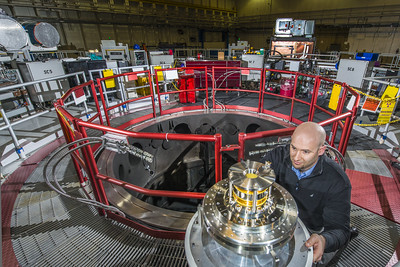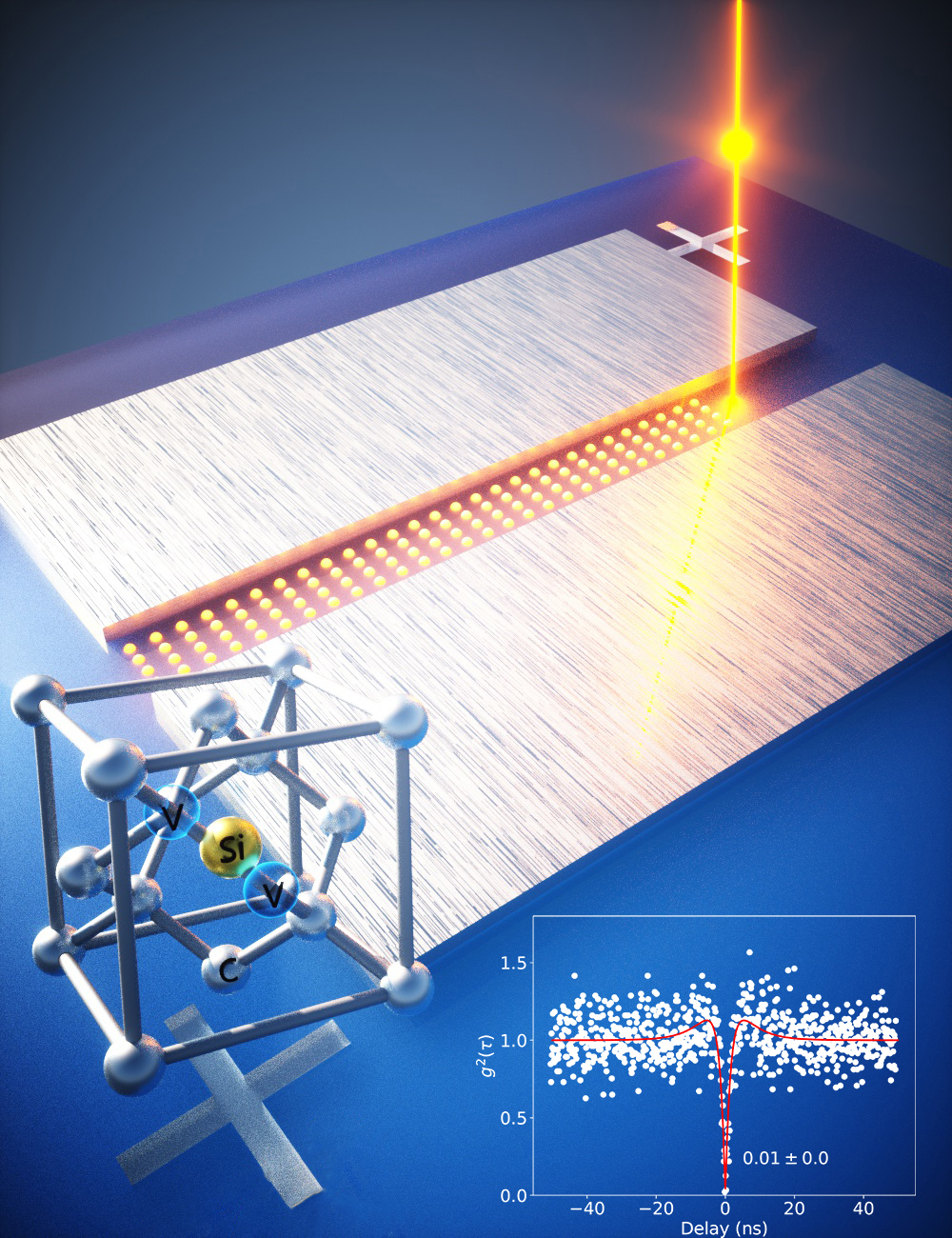News Article, April 10, 2023 • Sandia Researcher Rekha Rao Accurately capturing solidification of fluids and the development of residual stress is critical for fully predictive simulations for numerous applications in geoscience, nuclear safety, manufacturing, energy production, and bioscience. Researchers on this LDRD project developed, implemented, and demonstrated advanced constitutive models with yield stress to represent...




